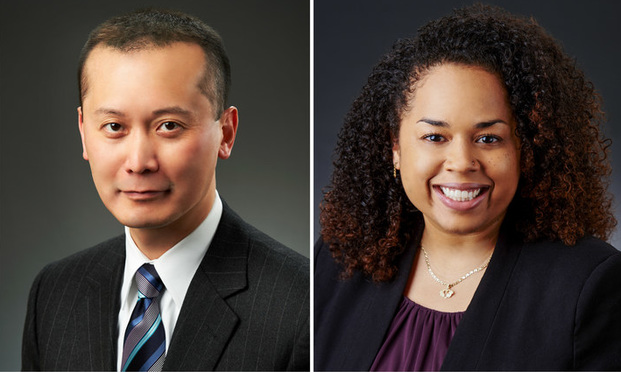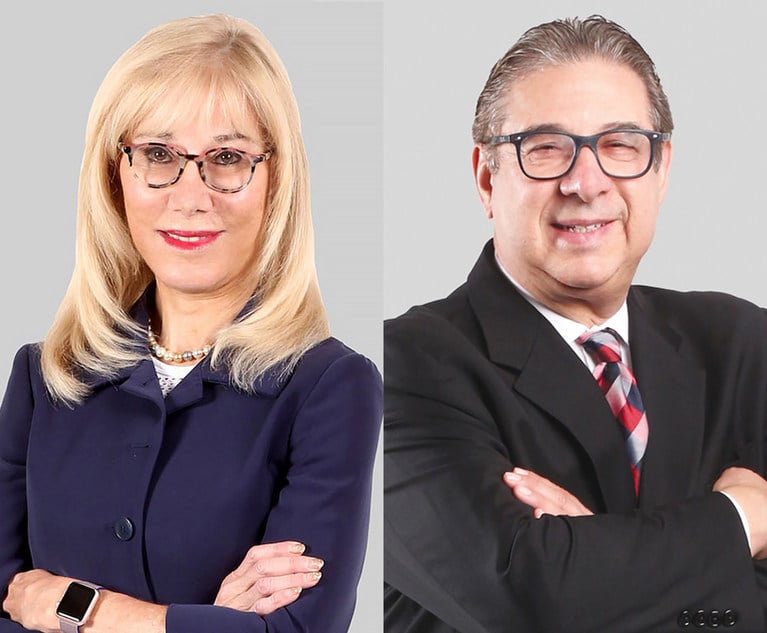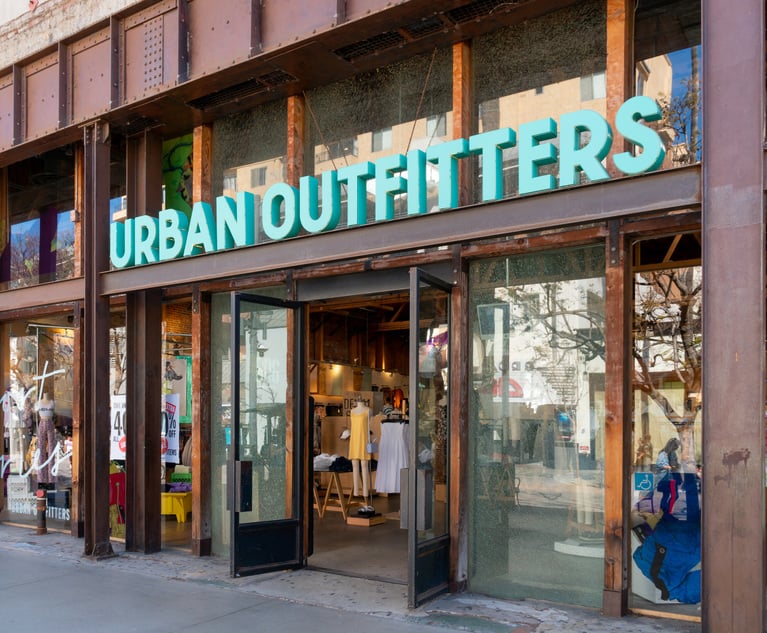New York City is home to the world’s largest stock exchange, the New York Stock Exchange, and is host to financial service providers. This concentration of wealth and financial expertise has enticed many out-of-state investors to place their money in securities with New York-based financial institutions in the prospect of riches; however, coupled with the influx of these out-of-state investments is the potential for legal action by each dissatisfied or defrauded investor. New York developed the “borrowing statute” to protect its residents and deter actions by nonresidents including out-of-state investors in securities and commodities. Despite the plaintiff-friendly pleading standards for securities fraud outlined by the Supreme Court in Merck & Co. v. Reynolds, 130 S. Ct. 1784 (2010), out-of-state investors need to be particularly vigilant in pursuing fraud-related common law claims in New York, being careful not to become blocked by the borrowing statute.
Background
As with any pleading, the timeliness of a complaint is critical, yet the nature of fraud can make a timely filing within the applicable statute of limitations challenging. A plaintiff must consider how a court will calculate when the statute of limitations period began. In situations where the plaintiff immediately realizes that they have been injured, this process is fairly straightforward —generally, the plaintiff is barred from bringing a claim after the allotted limitations period is over. In instances where the plaintiff discovers the fraud outside of the time allotted in the statute of limitations, however, establishing the applicable time period for a timely filing becomes particularly fact-intensive, and it is a plaintiff’s responsibility to establish that their claims are timely under the applicable discovery rule.


 Edward T. Kang and Tianna K. Kalogerakis of Kang Haggerty & Fetbroyt.
Edward T. Kang and Tianna K. Kalogerakis of Kang Haggerty & Fetbroyt.




